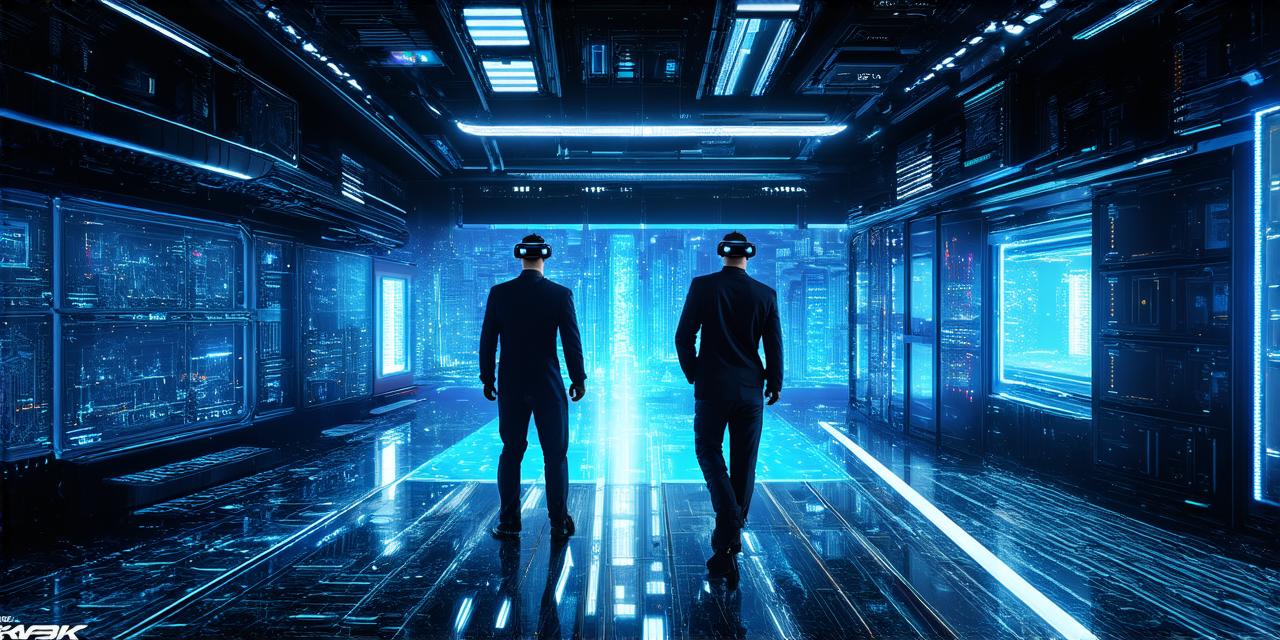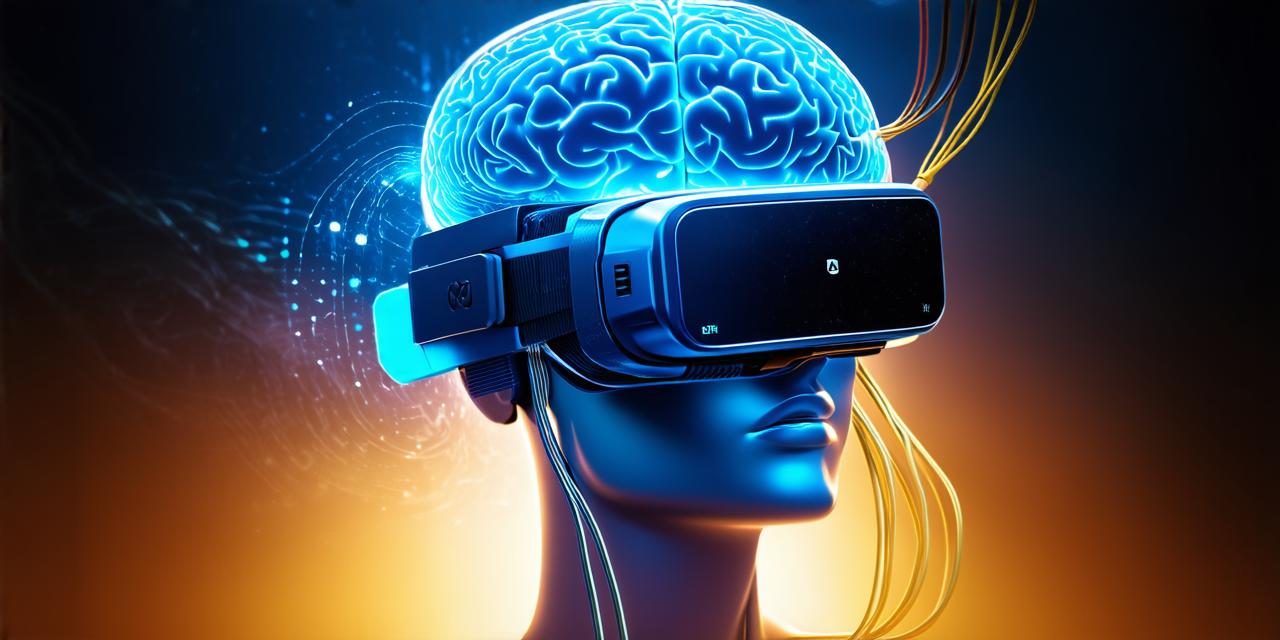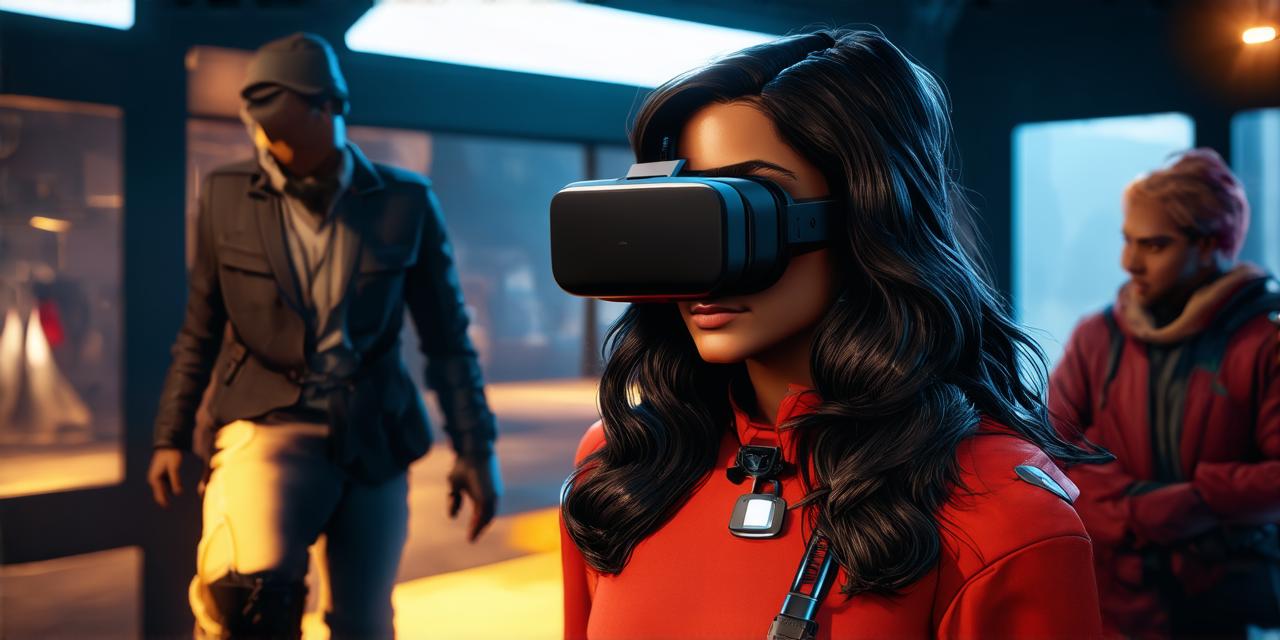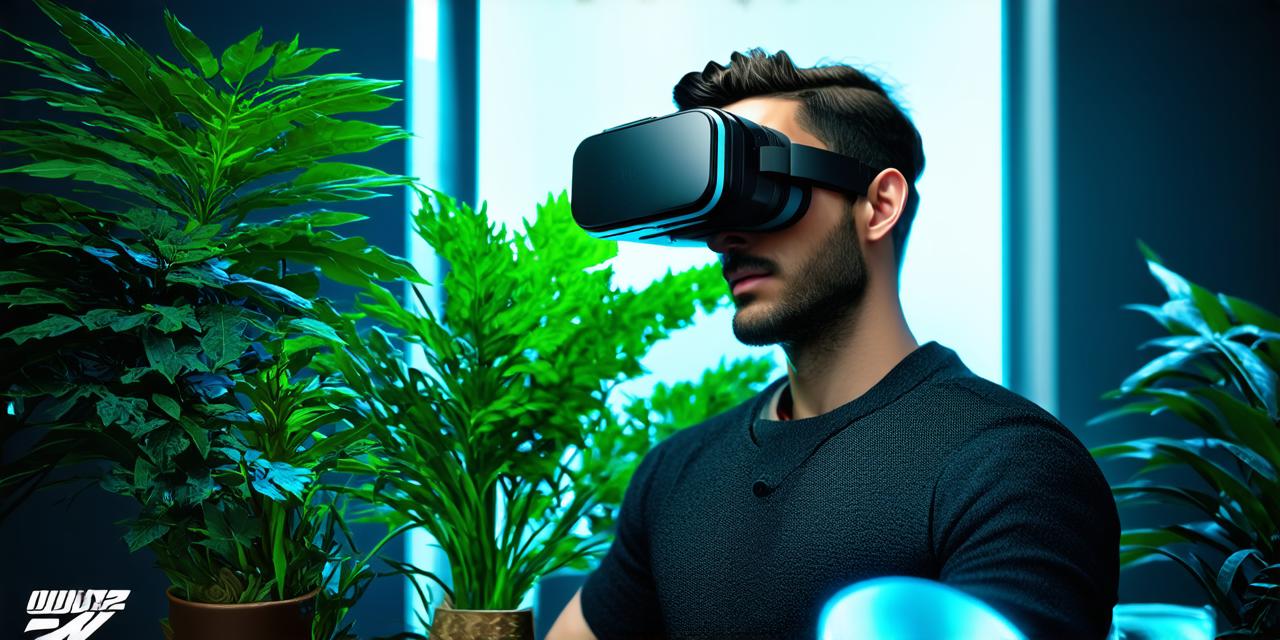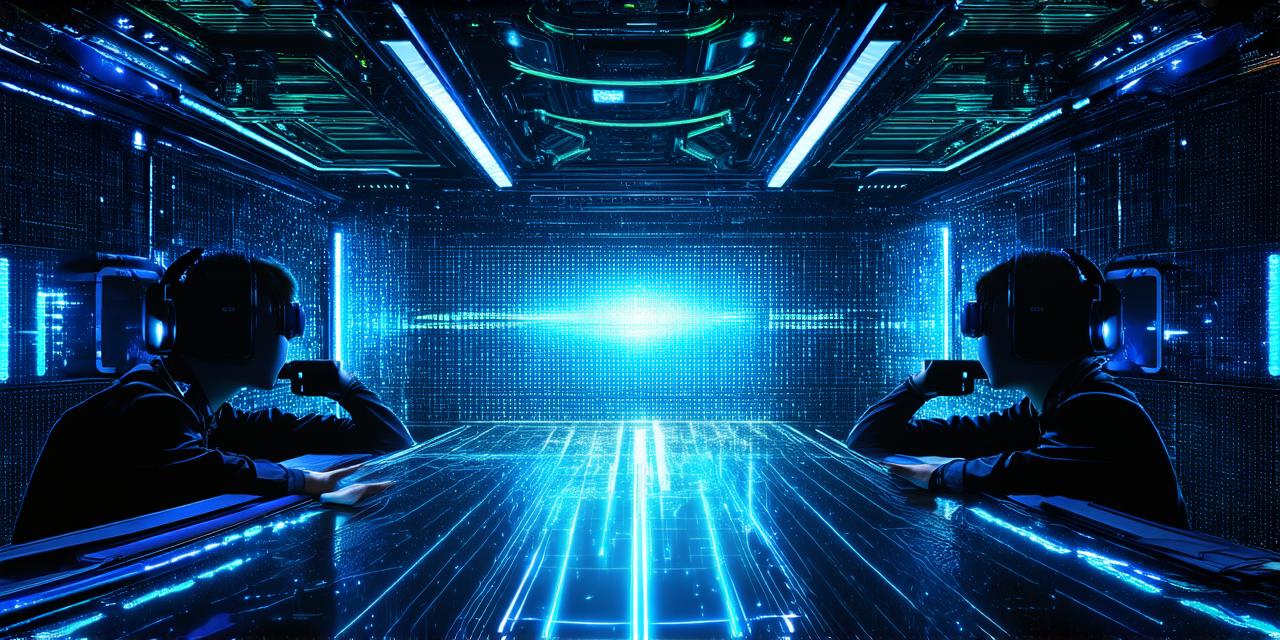Virtual reality (VR) technology has revolutionized various aspects of our lives since its inception. The ability to create computer-generated environments that mimic real-world experiences has transformed industries such as gaming, education, training, tourism, and advertising.
Virtual Reality in Gaming
Gaming is one of the most affected industries by virtual reality technology. With VR, gamers can fully immerse themselves in a game and experience it as if they were physically present in it. This has led to the creation of more engaging and realistic games that have captured the imagination of players worldwide.
One example of this is the popular game “Beat Saber,” which uses VR to allow players to chop down blocks with light sabers to music. The game was a massive success, with over 10 million copies sold since its release in 2018. Beat Saber’s popularity has helped drive the adoption of VR technology and inspired many other developers to create their own VR games.
Virtual Reality in Education
Virtual reality is also being used in education as a way to provide students with immersive learning experiences. With VR, students can explore virtual environments that simulate real-world scenarios such as historical events or scientific experiments. This allows them to gain a deeper understanding of the subject matter and engage with it in a more meaningful way.
One example of this is the virtual reality simulation “Anatomomy 4D,” which allows medical students to explore the human body in a highly detailed and interactive manner. The simulation has been praised for its ability to help students visualize complex concepts and understand them more easily.
Virtual Reality in Training
Virtual reality is also being used as a training tool in various industries, such as aviation and healthcare. With VR, trainees can simulate real-world scenarios and practice their skills in a safe and controlled environment. This allows them to gain valuable experience without the risk of injury or damage to equipment.
One example of this is the virtual reality training program “Flight Simulator,” which has been used by pilots for decades to practice their flying skills. The program uses realistic simulations of aircraft and environments to provide trainees with a highly immersive and engaging learning experience.
Virtual Reality in Tourism
Virtual reality is also being used in the tourism industry as a way to allow people to explore destinations without having to physically travel there. With VR, users can experience the sights and sounds of different locations around the world from the comfort of their own homes.
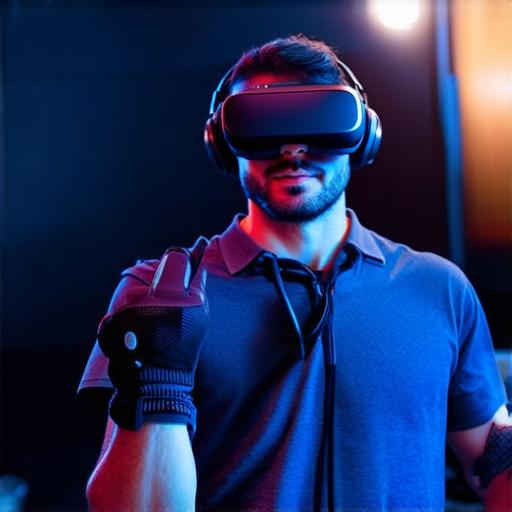
One example of this is the virtual reality tour of the Louvre Museum in Paris, which has been viewed by millions of people since its launch in 2015. The tour allows users to explore the museum’s many exhibits and see famous works of art up close without the need for a physical visit.
Virtual Reality in Advertising
Virtual reality is also being used in advertising as a way to create highly engaging and immersive campaigns. With VR, advertisers can create virtual environments that allow consumers to interact with their products or services in a more meaningful way.
One example of this is the virtual reality campaign for the car manufacturer Volkswagen, which allowed users to explore a virtual version of the new Golf Mk7. The campaign was highly successful, with over 1 million people viewing the VR experience online.
The Future of Virtual Reality
Virtual reality technology continues to evolve, and it is likely that we will see even more innovative uses for it in the future. As the technology becomes more accessible and affordable, it will continue to transform various industries and change how people interact with the world around them.
One area where VR is likely to have a significant impact is in healthcare. Virtual reality can be used to create simulations of medical procedures that allow doctors and students to practice and improve their skills in a safe environment. This could lead to improved patient outcomes and a reduction in medical errors.
Another area where VR is expected to make a difference is in the field of architecture. With VR, architects can create virtual representations of their designs that allow clients to experience them in a more realistic way. This could lead to better communication between architects and clients and more satisfied projects.
Overall, virtual reality technology has already transformed various industries, and it is likely that we will see even more innovative uses for it in the future. As AR developers, it’s important to stay up-to-date with the latest developments in VR technology and explore how it can be used to create more engaging and immersive experiences for users.
Conclusion
Virtual reality has transformed the world by allowing people to experience computer-generated environments as if they were physically present in them. This has led to innovative uses in various industries such as gaming, education, training, tourism, and advertising. As VR technology continues to evolve, it will likely have a significant impact on how we interact with the world around us. AR developers must stay up-to-date with the latest developments in VR technology and explore how it can be used to create more engaging and immersive experiences for users.
